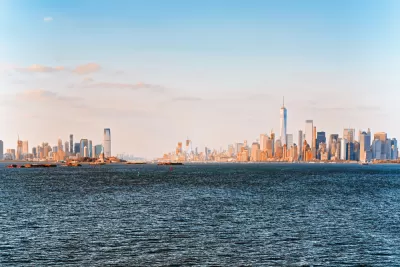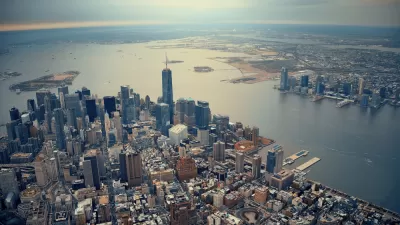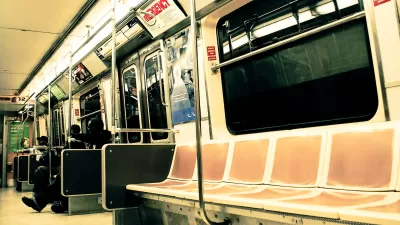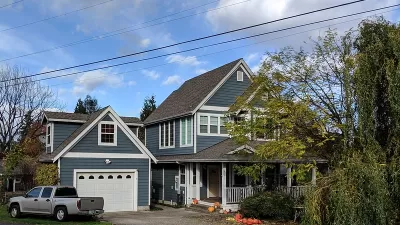The geography of work in New York City must include an analysis of the larger region, according to a new report from the New York City Department of City Planning.

The New York City Department of City Planning (NYC Planning) recently released a report that maps jobs in the larger region, committing to a narrative that connects the planning challenges faced by the numerous independent authorities in the region.
From the report:
Recognizing that the health of NYC’s economy is highly interconnected to the performance of the Region, the NYC Department of City Planning’s Second Edition of this report examines employment, labor force, and housing patterns from 2000 to today, with a focus on annual change and the differences between pre- and post-Great Recession change. This report examines recent economic changes at a “subregional” scale, looking at the relationships among NYC, northern New Jersey (“North NJ”), Long Island, southwest Connecticut (“Connecticut”), and the Hudson Valley.
The report includes four "insights":
- Employment growth continued to concentrate in NYC and job gains in all five boroughs drove the Region’s growth after the Great Recession. Though job growth slowed in the last few years, NYC continued to outpace all other parts of the Region.
- The Region experienced varied growth across sectors. Office gains—the highest value employment—concentrated in NYC, while institutional sectors served as the largest source of employment and wage growth elsewhere in the Region. Industrial and local services sectors supported economic gains after the Great Recession, but that growth is slowing.
- NYC gained young workers, while the rest of the Region’s labor force is aging. NYC and North NJ account for most of the Region’s new housing development, particularly post-Great Recession. Areas gaining labor force correlate with areas adding housing.
- Shifts in the geography of job growth, housing production, and resident labor force change are tipping the balance of employment and housing within the Region, with implications for affordability, commuting patterns, and transportation infrastructure.
The "insights" function as chapters in the report, so a lot of data and infographics are provided to back up each of those claims.
FULL STORY: The Geography of Jobs [pdf]

Maui's Vacation Rental Debate Turns Ugly
Verbal attacks, misinformation campaigns and fistfights plague a high-stakes debate to convert thousands of vacation rentals into long-term housing.

Planetizen Federal Action Tracker
A weekly monitor of how Trump’s orders and actions are impacting planners and planning in America.

In Urban Planning, AI Prompting Could be the New Design Thinking
Creativity has long been key to great urban design. What if we see AI as our new creative partner?

King County Supportive Housing Program Offers Hope for Unhoused Residents
The county is taking a ‘Housing First’ approach that prioritizes getting people into housing, then offering wraparound supportive services.

Researchers Use AI to Get Clearer Picture of US Housing
Analysts are using artificial intelligence to supercharge their research by allowing them to comb through data faster. Though these AI tools can be error prone, they save time and housing researchers are optimistic about the future.

Making Shared Micromobility More Inclusive
Cities and shared mobility system operators can do more to include people with disabilities in planning and operations, per a new report.
Urban Design for Planners 1: Software Tools
This six-course series explores essential urban design concepts using open source software and equips planners with the tools they need to participate fully in the urban design process.
Planning for Universal Design
Learn the tools for implementing Universal Design in planning regulations.
planning NEXT
Appalachian Highlands Housing Partners
Mpact (founded as Rail~Volution)
City of Camden Redevelopment Agency
City of Astoria
City of Portland
City of Laramie





























